Jul 16, 2025
In modern fluid control systems, solenoid valves offer significant advantages, such as low energy consumption, fast response, and long service life. With the continuous improvement in control precision and system integration, solenoid valve design has become increasingly compact and modular. They are no longer limited to simply switching a single medium on or off, but can now precisely regulate the flow and ratio of mixed media.
In addition, an increasing number of solenoid valves are equipped with remote communication interfaces, allowing for automated operation and remote control without human intervention—meeting the demands of control systems for efficiency, reliability, and remote monitoring.
As a result, solenoid valves are no longer just simple on/off components, but have evolved into a wide variety of specialized types based on media type, control method, and system structure.
The following sections will provide a systematic overview of the main classifications of solenoid valves from the perspectives of medium type, structural principle, control method, and typical application scenarios.
A solenoid valve is a device that uses an electromagnetic coil to drive the valve core, thereby enabling the opening, closing, or flow regulation of fluids or gases. It further controls the operation of downstream actuators. Solenoid valves are widely used in fields such as industrial automation, like heating, ventilation, and air conditioning, medical equipment, and irrigation systems.
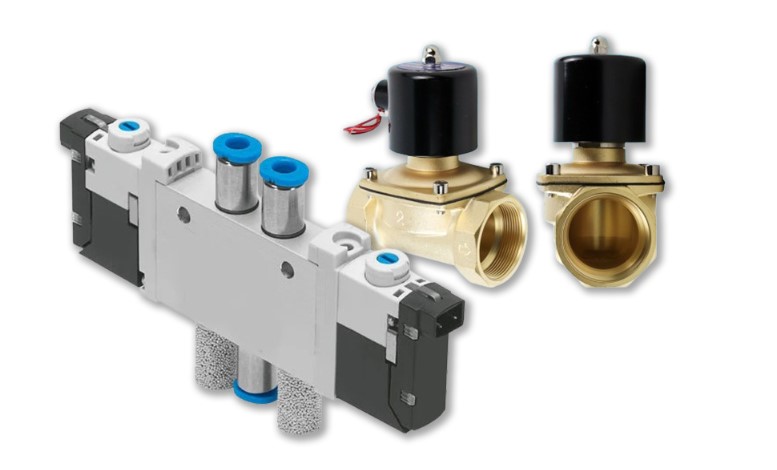
A solenoid valve is essentially a control valve driven by electricity. When energized by an electrical signal, it generates a magnetic field that attracts the moving iron core (plunger), thereby opening, closing, or switching the flow path.
Basic structure of a solenoid valve includes:
Coil
Moving iron core (plunger)
Spring
Valve body and valve seat
Electromagnet energizing:
When the coil in the solenoid valve is energized, it creates a magnetic field that attracts or pushes the iron core (plunger) to move.
Plunger action:
The movement of the plunger opens or closes the valve passage, controlling the flow of the medium (gas, liquid, steam, etc.).
Power off and reset:
When the coil is de-energized, the plunger returns to its initial position under the action of the spring or other reset mechanisms, closing or opening the flow path accordingly.
There are several different versions of solenoid valves with different features, benefits, and use cases.
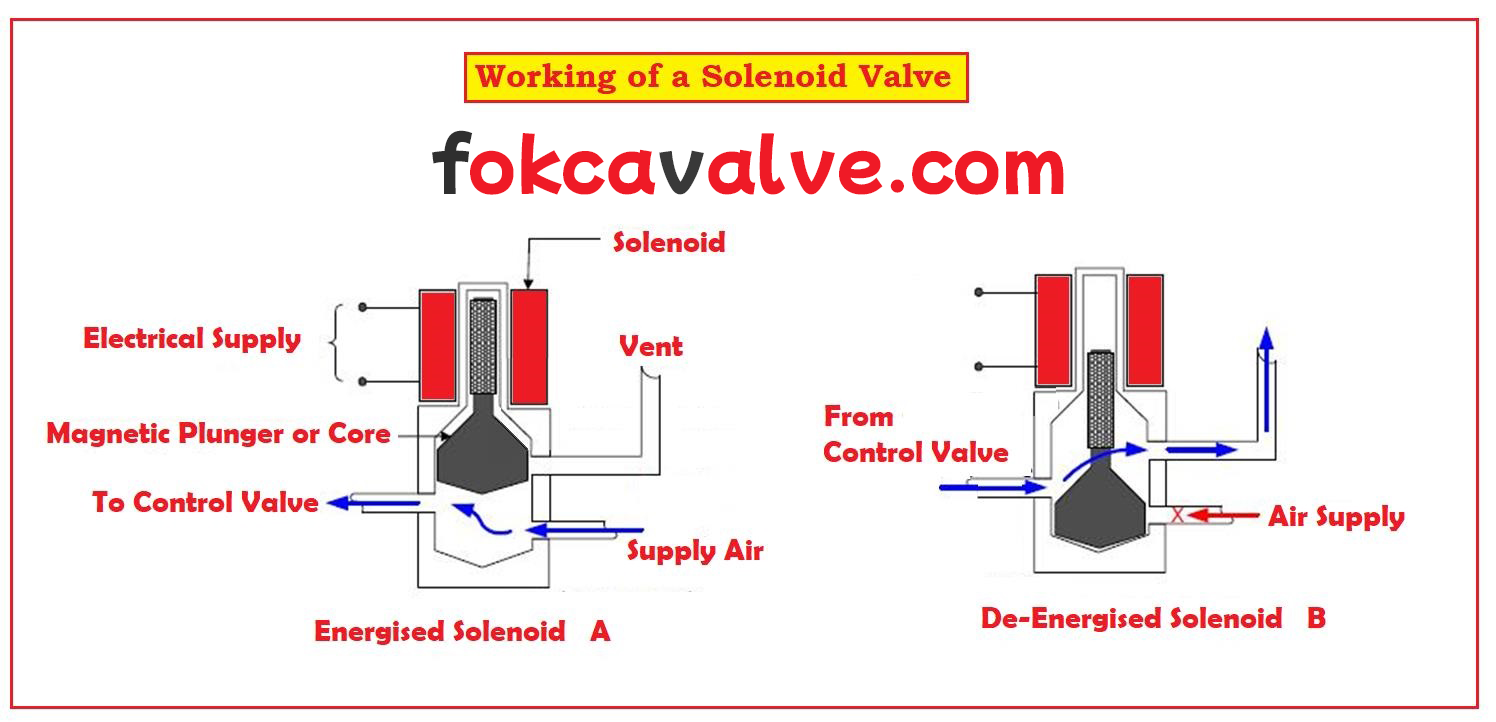
Gas solenoid valves: Designed for air or other gas media, with different structural and sealing materials.
Steam solenoid valves: Specifically designed for high-temperature and high-pressure steam systems.
Water solenoid valves: Specially made for water or liquid media, with sealing materials and structures adapted to water characteristics.
Low-pressure solenoid valves: Suitable for low-pressure environments, generally below 0.5 MPa.
Medium-pressure solenoid valves: Suitable for moderate pressure ranges.
High-pressure solenoid valves: Able to withstand higher pressures, used in high-pressure fluid control.
Pneumatic actuators: Motors, cylinders.
Hydraulic actuators: Motors, hydraulic cylinders.
Electric actuators: Ball valves, butterfly valves, gate valves.
Pneumatic clamps: Pneumatically driven clamping devices commonly used in automated assembly lines.
2/2 solenoid valve: 2-way, 2-position; two ports, two valve positions; simple ON/OFF switch.
3/2 solenoid valve: 3-way, 2-position; three ports, two valve positions; commonly used for single-acting cylinder control.
4/2 solenoid valve: 4-way, 2-position; four ports, two valve positions; commonly used for double-acting cylinder control.
5/3 solenoid valve: 5-way, 3-position; five ports, three valve positions; used for complex air circuit control.
Check the solenoid valve's body for cracks, deformation, corrosion, or signs of air leakage. Ensure all connections and seals are intact.
Measure the coil resistance with a multimeter to confirm there is no open or short circuit. When powered, listen for a clicking sound to verify the coil is functioning properly.
Make sure the valve’s inlet and outlet ports are not blocked. Confirm smooth airflow and that the valve switches air passages correctly.
Verify that the control signal is properly reaching the solenoid coil terminals, and that voltage and current meet the specifications.
Observe whether the valve responds quickly and accurately when energized, ensuring it switches states as expected.
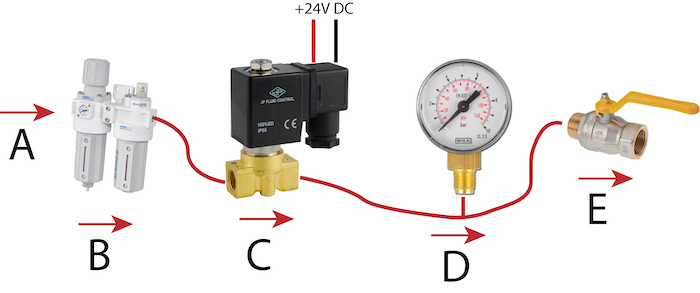
If you want to learn more about how to check the starting solenoid valve, you can browse our technical article.
There are many other different types of solenoid valves, like Namur-mounted, two-way, and pilot operated, just to name a few, that are designed for use in specific applications.
Fokcavalve offers many of these different solenoid valves, including the most used direct-acting variation, at a competitive price and short lead time. Contact us directly!
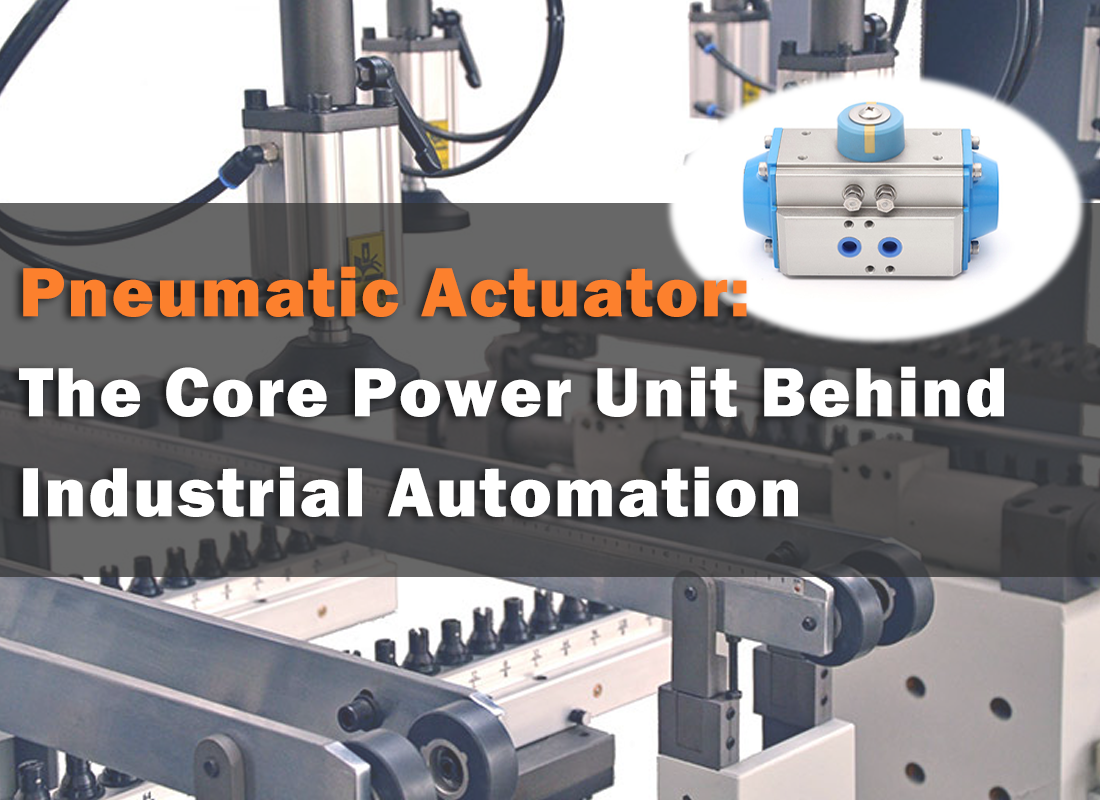 Pneumatic Actuator: The Core Power Unit Behind Industrial Automation
Pneumatic Actuator: The Core Power Unit Behind Industrial Automation
 Why Food Grade Diaphragm Valve Has Become the Standard in Hygienic Piping Systems
Why Food Grade Diaphragm Valve Has Become the Standard in Hygienic Piping Systems
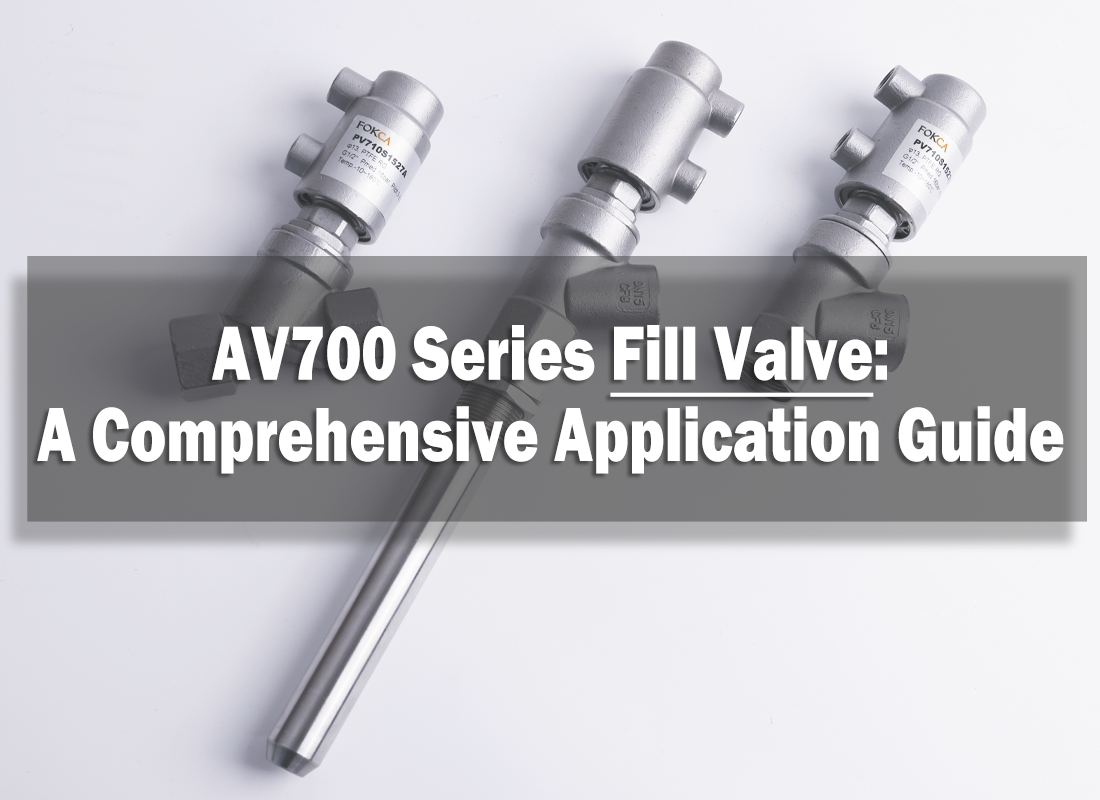 AV700 Series Fill Valve: A Comprehensive Application Guide
AV700 Series Fill Valve: A Comprehensive Application Guide
 Pilot Pressure vs Working Pressure in Industrial Valves: Key Differences and Selection Guide
Pilot Pressure vs Working Pressure in Industrial Valves: Key Differences and Selection Guide
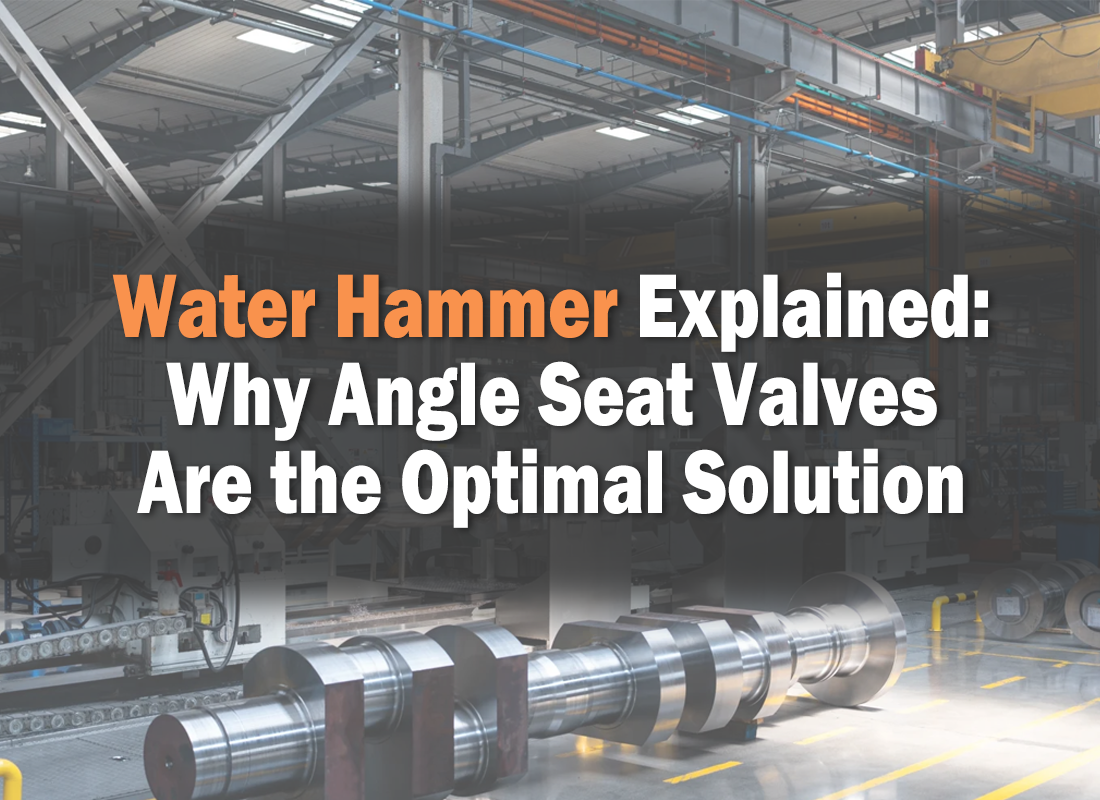 Water Hammer Explained: Why Angle Seat Valves Are the Optimal Solution
Water Hammer Explained: Why Angle Seat Valves Are the Optimal Solution
You May Interest In
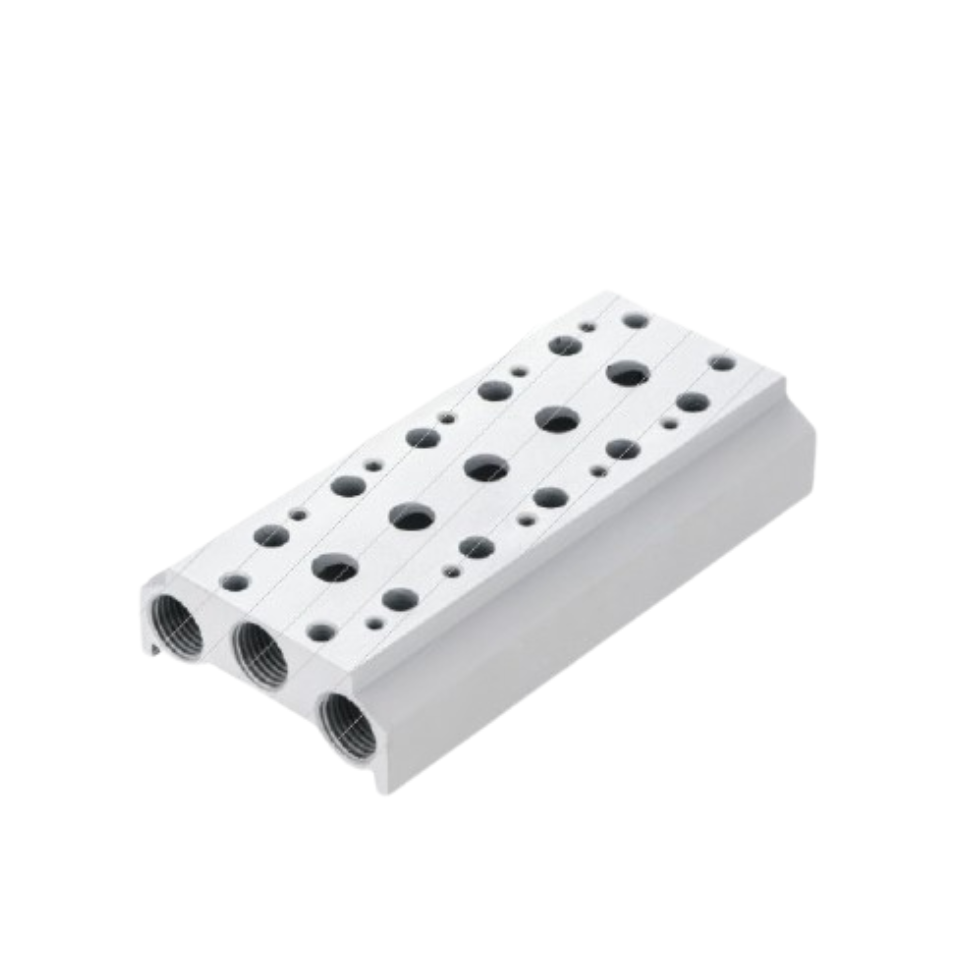
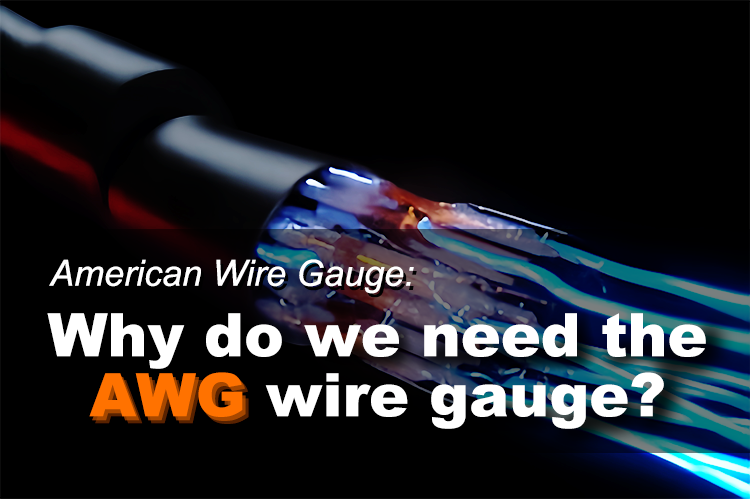
Jul 30, 2025 Blog
AWG:Why do We Need the American Wire Gauge?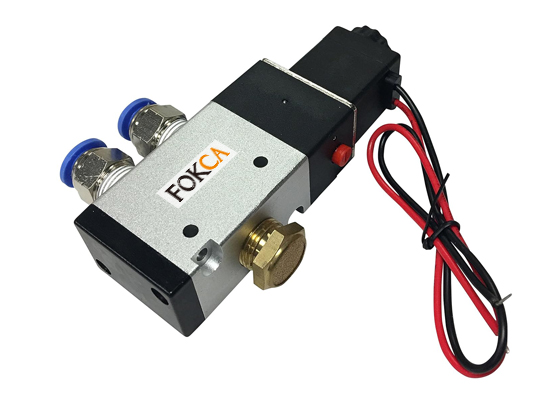
Jul 28, 2025 Blog
How to check air solenoid valve?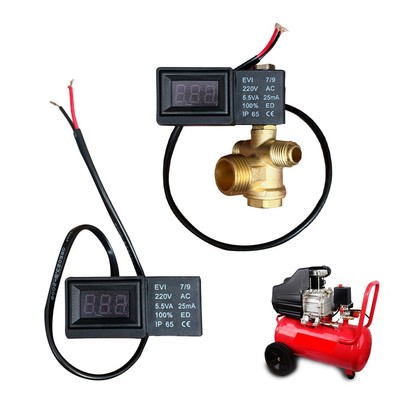
Jul 24, 2025 Blog
How to check the solenoid valve?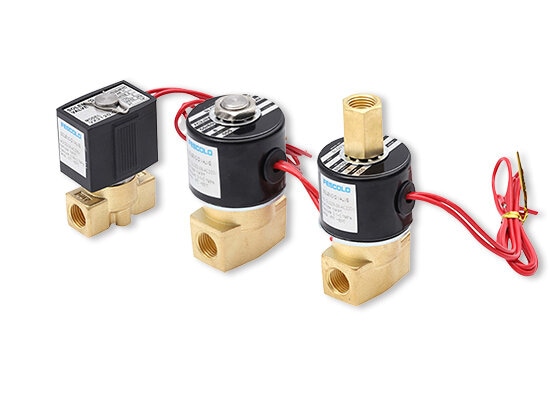
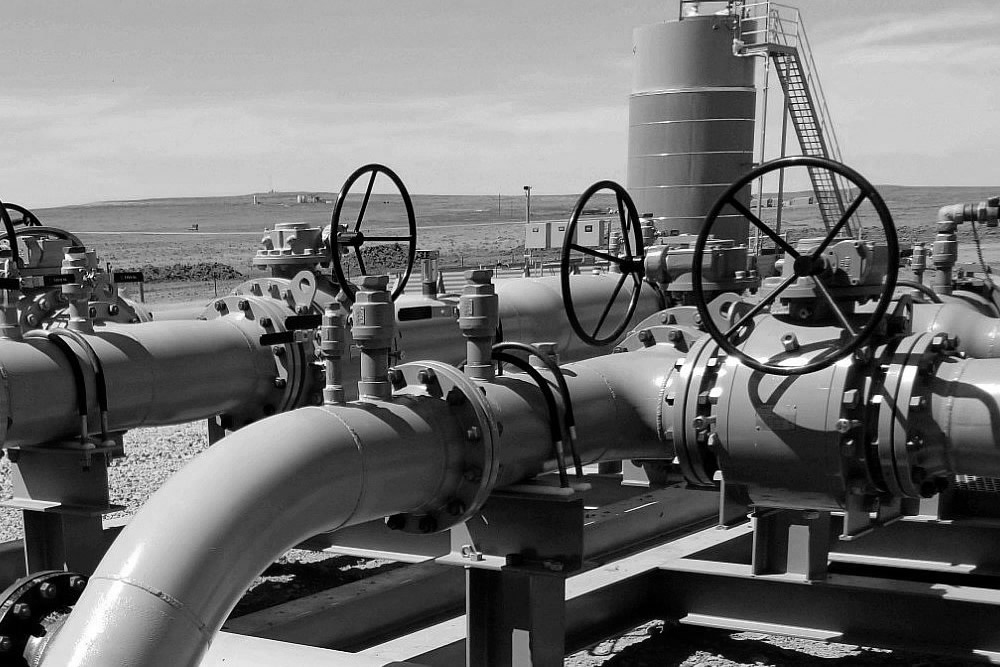
Apr 22, 2025 Blog
Pneumatic Globe Control Valve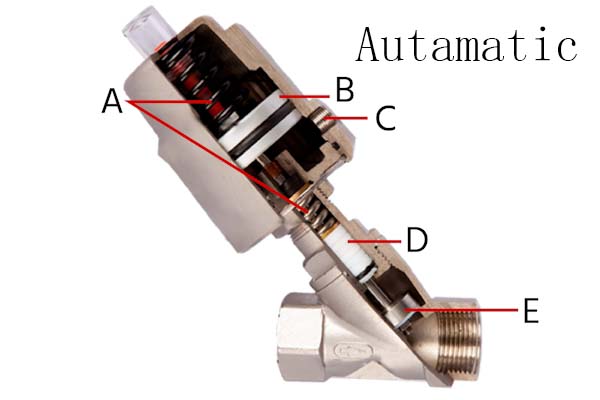
Apr 16, 2025 Blog
A Guide to Understand Angle Seat Valve
Apr 10, 2025 Blog
Limit Switches in Valve Control SystemsFOKCA ©1998-2025 All Rights Reserved Sitemap